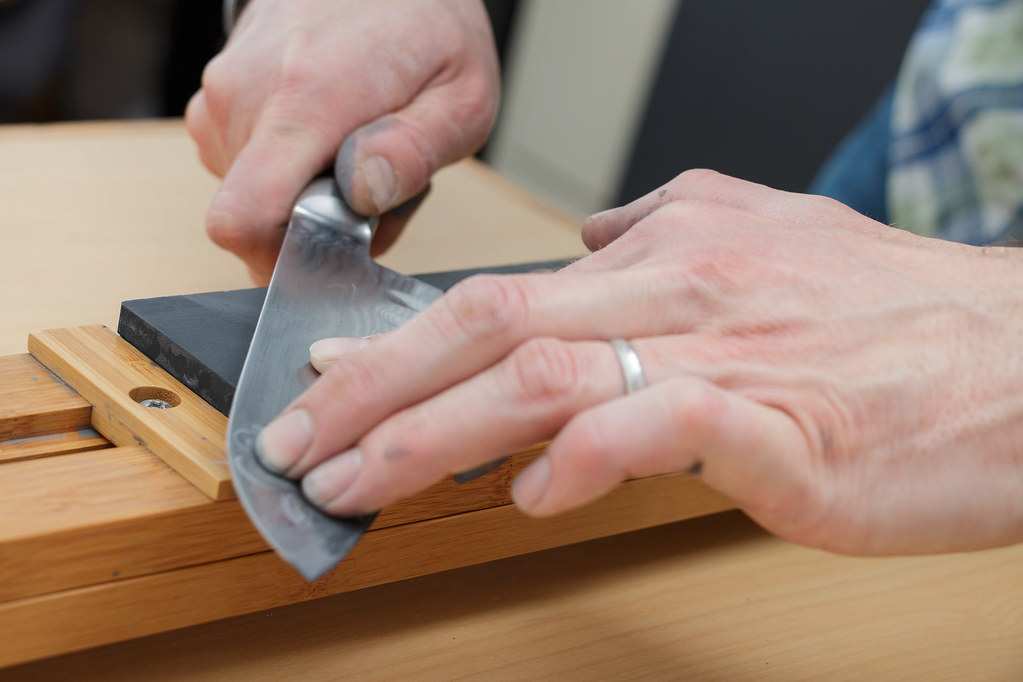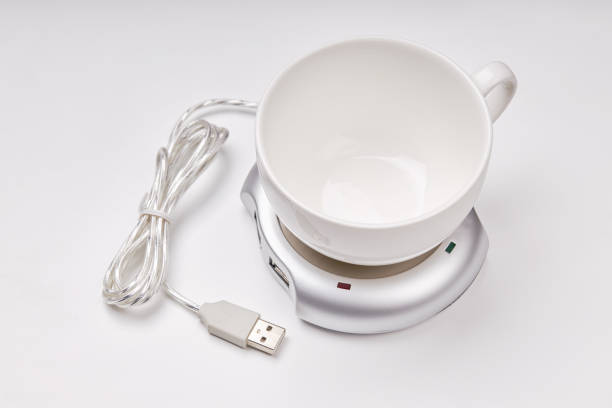Maintaining sharp kitchen knives is essential for safe, efficient food preparation, and one of the easiest ways to do that is by using a handheld knife sharpener. In this guide, we will not only show you how to properly use a handheld sharpener but also explore alternative methods like sharpening stones and knife sharpening systems. By the end, you’ll know exactly how to keep your knives sharp and ready for use, regardless of the tool you choose.
Why Sharp Knives Matter
Using a dull knife is not only frustrating but also dangerous. A sharp knife ensures clean, precise cuts, which reduces the effort needed and minimizes the risk of slipping. Regular sharpening helps extend the life of your knives, making them safer and more efficient over time. Whether you use a handheld knife sharpener, a sharpening stone, or a sharpening system, it’s essential to choose the method that works best for your knife and lifestyle.
How to Use a Handheld Knife Sharpener
Handheld knife sharpeners are incredibly popular due to their ease of use and portability. Here’s a step-by-step guide to using a handheld sharpener:
1. Select the Right Sharpener for Your Knife
Ensure the handheld sharpener you’re using is compatible with the type of knife you’re sharpening. Some sharpeners are designed for straight-edged knives, while others may also work with serrated blades. Many handheld sharpeners offer both coarse and fine sharpening slots, allowing for both reshaping and refining the blade.
2. Position the Knife and Sharpener
Place the sharpener on a stable, non-slip surface. Hold the sharpener in one hand and the knife in the other, keeping your fingers clear of the blade.
3. Sharpen the Knife
Insert the knife blade into the appropriate slot (coarse or fine). Starting from the heel, pull the knife through the slot with even, light pressure in a smooth motion toward the tip. Repeat this 3-5 times for each side of the blade. If the knife is very dull, start with the coarse slot, then move to the fine slot for a polished finish.
4. Test the Sharpness
Once sharpened, test the knife by slicing through a piece of paper or a soft fruit like a tomato. If the knife cuts smoothly, it’s ready for use. If not, repeat the sharpening process.
5. Clean the Knife and Sharpener
After sharpening, wipe the knife clean to remove any metal particles. Wipe down the sharpener if necessary and store it in a dry place.
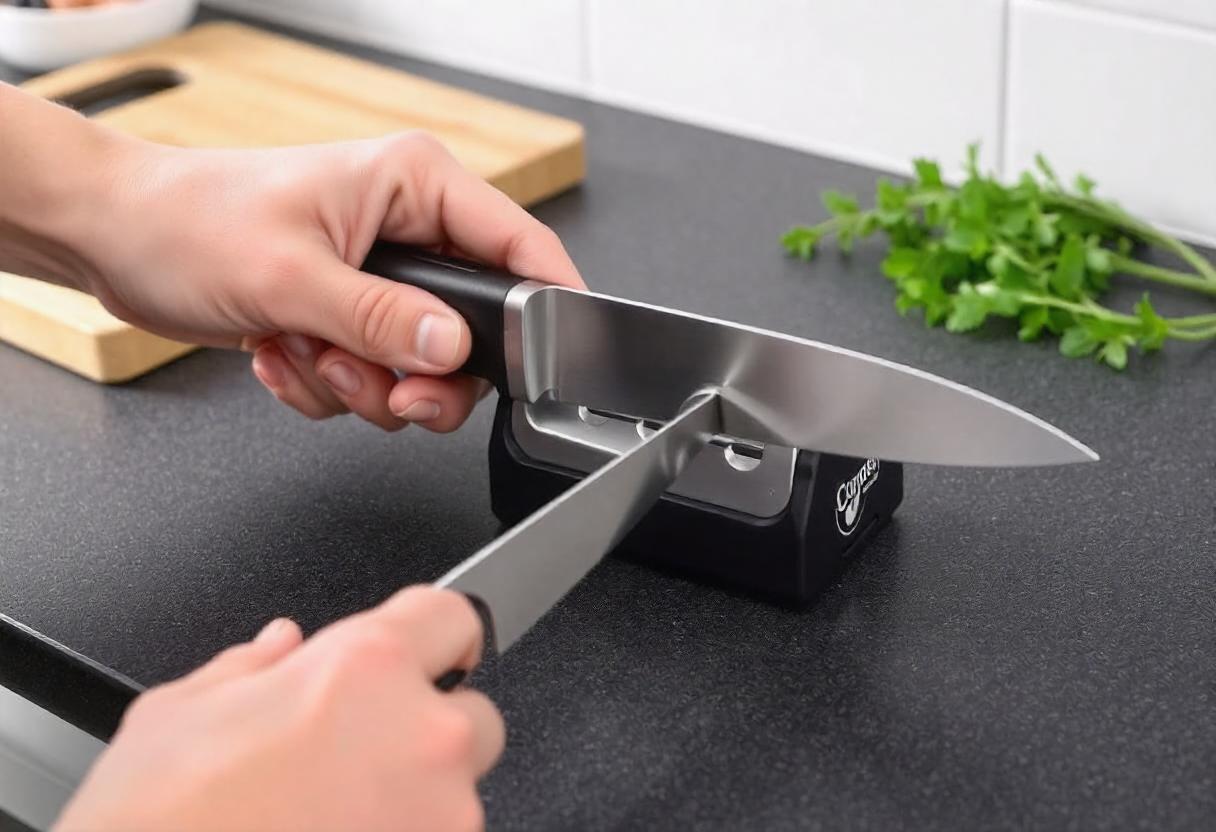
How to Use a Sharpening Stone
Sharpening stones, or whetstones, offer a more traditional and precise sharpening method, perfect for those looking for more control over the sharpening process. Here’s how to use a sharpening stone:
1. Select the Appropriate Stone Grit
Sharpening stones come in different grit levels. Use a coarse stone (below 1000 grit) to repair dull edges, a medium stone (1000-3000 grit) for sharpening, and a fine stone (4000-8000 grit) to polish the blade.
2. Soak the Stone
If you’re using a water stone, soak it for 10-15 minutes before sharpening. Some stones may not require soaking, so always follow the manufacturer’s instructions.
3. Position the Stone and Knife
Place the stone on a non-slip surface. Hold the knife at a 15-20 degree angle against the stone, ensuring consistency in your angle throughout the sharpening process.
4. Sharpen the Knife
Using light, even pressure, drag the blade across the stone from heel to tip in a sweeping motion. Sharpen one side of the knife several times before switching to the other side. Repeat the process with a finer grit stone to polish the blade.
5. Test and Clean
Once sharpened, test the blade’s sharpness and clean both the stone and knife to remove any metal shavings.
When to Use a Sharpening Stone: If your knife is extremely dull or damaged, a sharpening stone is the best choice for restoring its edge. Stones allow for more precise sharpening and are ideal for enthusiasts who want total control over the process.
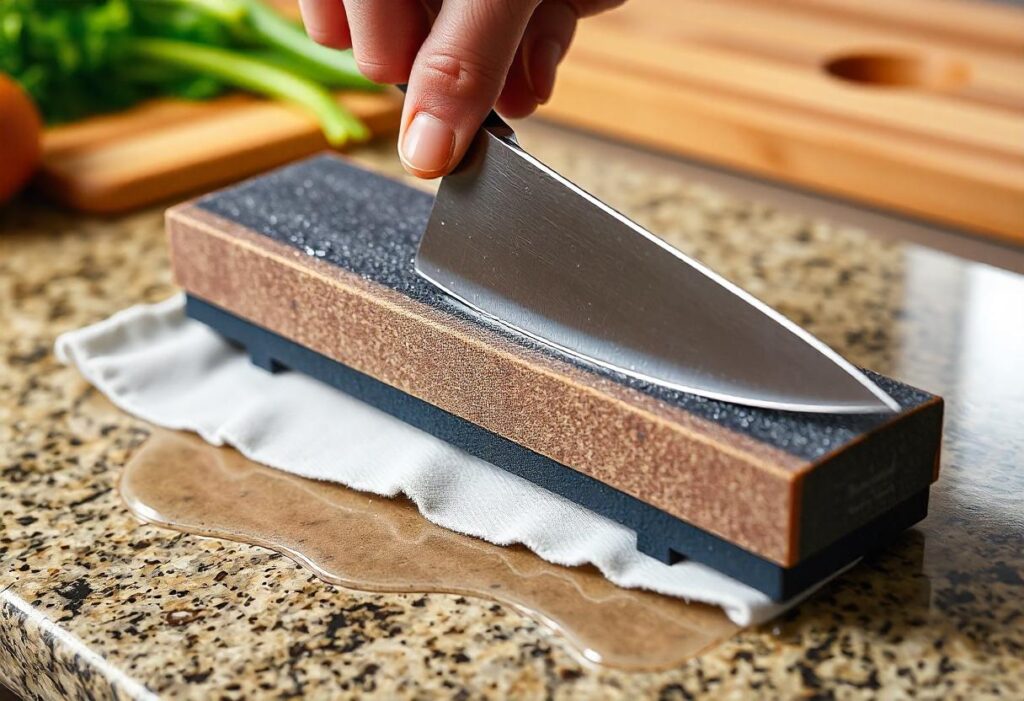
How to Use a Knife Sharpening System
Knife sharpening systems are designed for people who want professional-level sharpening with ease. These systems often come with guides to help maintain the correct angle while sharpening, making them user-friendly and effective.
1. Set the Sharpening Angle
Most knife sharpening systems let you choose the angle at which you sharpen your knife. For most kitchen knives, an angle of 15-20 degrees is ideal.
2. Secure the Knife
Place the knife into the sharpening system’s clamp, ensuring it is securely held in place. This will keep the knife stable while you sharpen.
3. Sharpen the Knife
Using the system’s sharpening rods or stones, run the sharpening medium along the blade. Start with the coarse grit for dull knives, then progress to finer grits to finish the edge.
4. Test the Edge and Polish
Test the sharpness after using the system, just as you would with a handheld sharpener or stone. Polish the edge with the finest grit available in the system to give the knife a razor-sharp finish.
When to Use a Knife Sharpening System: If you’re looking for a balance between convenience and precision, knife sharpening systems are a great option. They offer the professional-level sharpness of a stone with the user-friendly design of a handheld sharpener.
How to Use a Knife Sharpening System
Knife sharpening systems are designed for people who want professional-level sharpening with ease. These systems often come with guides to help maintain the correct angle while sharpening, making them user-friendly and effective.
1. Set the Sharpening Angle
Most knife sharpening systems let you choose the angle at which you sharpen your knife. For most kitchen knives, an angle of 15-20 degrees is ideal.
2. Secure the Knife
Place the knife into the sharpening system’s clamp, ensuring it is securely held in place. This will keep the knife stable while you sharpen.
3. Sharpen the Knife
Using the system’s sharpening rods or stones, run the sharpening medium along the blade. Start with the coarse grit for dull knives, then progress to finer grits to finish the edge.
4. Test the Edge and Polish
Test the sharpness after using the system, just as you would with a handheld sharpener or stone. Polish the edge with the finest grit available in the system to give the knife a razor-sharp finish.
When to Use a Knife Sharpening System: If you’re looking for a balance between convenience and precision, knife sharpening systems are a great option. They offer the professional-level sharpness of a stone with the user-friendly design of a handheld sharpener.
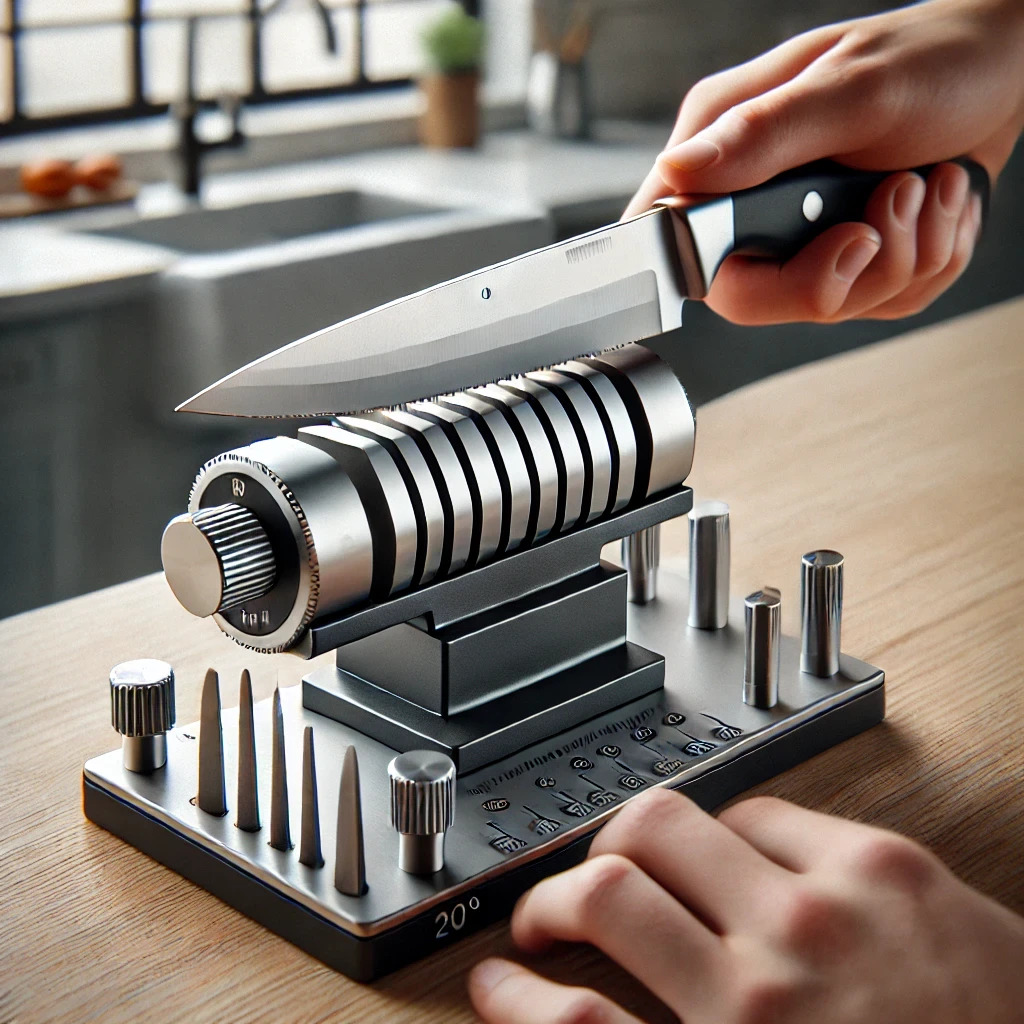
FAQs
How often should I sharpen my kitchen knives?
Sharpening frequency depends on how often the knives are used. For everyday use, sharpening every 2-3 months is recommended. Regular honing can help maintain the edge between sharpenings.
Which sharpening method is best for a home cook?
Each method has its advantages. A handheld sharpener is quick and easy to use, sharpening stones offer more precision, and sharpening systems provide a balance of both. The best option depends on your skill level and preference.
Can I sharpen serrated knives with these methods?
Most handheld sharpeners and sharpening stones are not suitable for serrated knives. However, some knife sharpening systems include attachments for serrated blades, or you can use a specialized sharpener designed for them.
Is it necessary to use both the coarse and fine slots on a handheld sharpener every time?
No, using both slots isn’t always necessary. If your knife only needs a slight touch-up, the fine slot is sufficient. The coarse slot should be used for dull or damaged blades.
Why do professionals prefer sharpening stones?
Sharpening stones provide more control, allowing for a more precise sharpening experience. Though they require more skill, they can restore blades to their sharpest form, making them a favorite among professionals.
Conclusion
Maintaining sharp knives is key to safe and enjoyable cooking. Whether you opt for the convenience of a handheld knife sharpener, the precision of a sharpening stone, or the balance offered by a knife sharpening system, all methods can keep your knives in excellent shape when used correctly.


